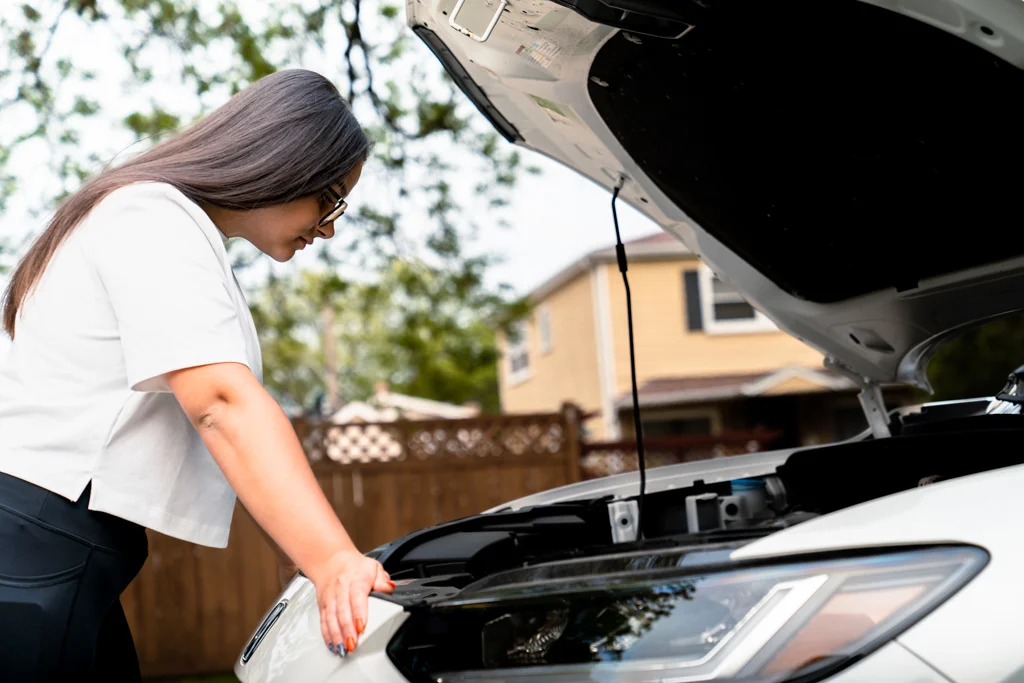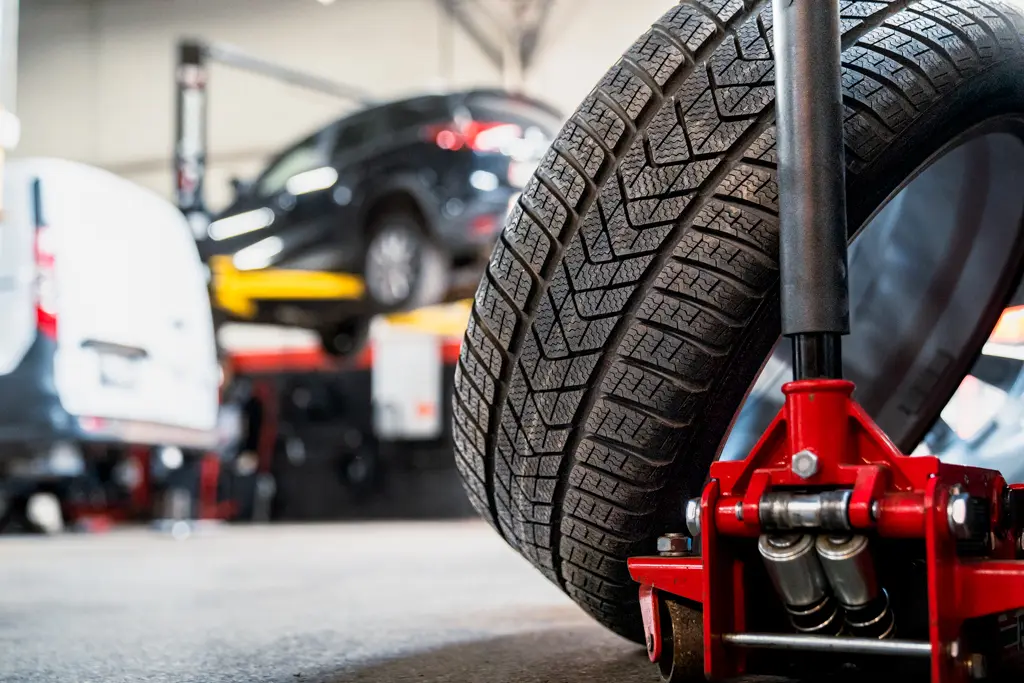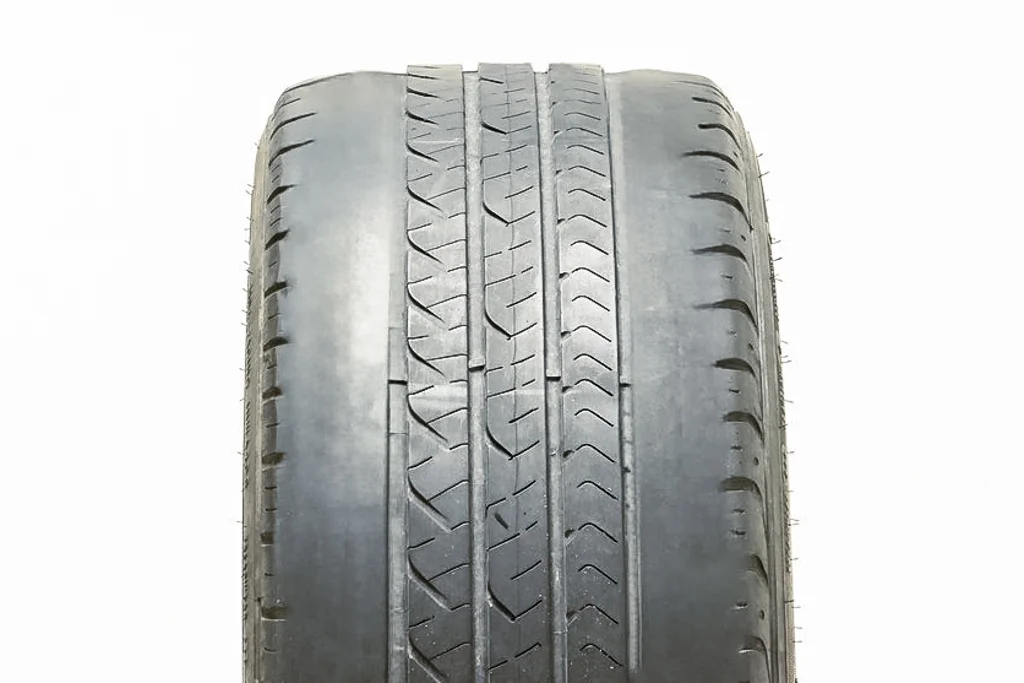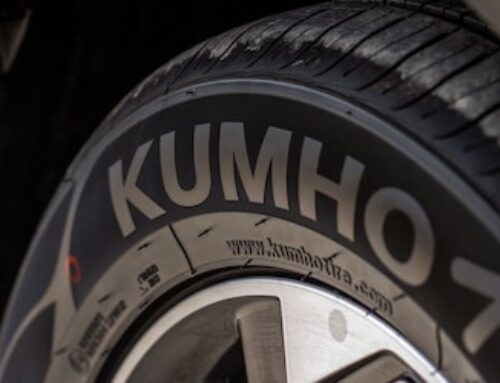Table of Contents
Did you know that specific tire problems can indicate certain types of car trouble? Maybe you’ve noticed some uneven wear on your tire tread and are wondering what it means. Well, depending on what that tread wear looks like, you might be able to accurately diagnose the problem that’s causing it. Keep reading to find out what each specific tire problem means for your automobile.

Tire problems indicate car trouble
A car’s performance is heavily influenced by its tires; after all, they are the only part of the vehicle that touches the ground. Tires act as the support system of the car, kind of like cushions, it is where the force of the engine and the brakes are applied, and they are crucial in turning and steering.
Tire damage can range from minor issues to serious safety issues that can put lives in jeopardy. Even the best tires can fail if they are not properly used or maintained. Recognizing tire damage in time and adequately assessing the root cause of the damage can result in safer driving and extra money in your pocket.
A bit about tire maintenance first

To prevent common tire problems, there are a few preventative things you can do. First, make sure they are installed correctly; not all tires fit on all rims. Rims have specific widths and diameters that make them incompatible with certain tires. Forcing a tire onto a rim can result in distortions within the tire which can cause problems. Make sure your rims match your tires by checking your tire size on the side of each tire, or you can take it in and have a professional look at it.
One of the simplest and cheapest forms of tire maintenance that you should be doing is to rotate your tires regularly. A tire rotation is when each wheel/tire has its position switched on your car. For example, the front tires are switched with the rear tires.
Tires wear down unevenly due to tiny differences in the car, and a tire rotation will even these differences out. If it’s been a while since you rotated your tires, this can lead to uneven tread wear. Regular tire rotations can more than double the lifespan of your tires, which means they won’t need to be replaced as often, which means less money you have to spend.
Center tread wear

Center wear is a form of tire wear in which the center of the tread is significantly more worn down than the edges or shoulders. This is one of the more uncommon tire wear problems but certainly not unheard of. There are a few possible reasons for this particular type of uneven wear, such as incorrect tire pressure, mismatched rims and tires, and a lack of timely tire rotations.
Tire pressure: Overinflated tires tend to bulge out at the middle of the tread a little bit. This bulging out causes only the center of the tread to make contact with the ground. Therefore, that tire only experiences center wear because the edges never actually touch the ground.
Solution: Make sure to have properly inflated tires. Use a tire gauge or take it in to see a professional. If left unattended, you risk experiencing tire failure or a blowout from road debris such as broken glass, nails, etc.
Edge or shoulder wear on both sides of the tire

Edge or shoulder wear is when the edges or shoulders of your tire are more worn down than the center of the tread. This is a much more common tire problem that you can see on cars regularly. In some ways, this is the same but opposite problem as center tread wear. This is a serious safety issue for cars, as it can affect braking and handling.
Tire pressure: This time, it’s underinflated tires that are the likely culprit. Underinflated tires will pool out, which means that more of the shoulder and sidewall come into contact with the road surface. This is more common because tire pressure tends to go down over time as air escapes.
Solution: Correct that improper inflation by adding some air to those tires. Check your owner’s manual to find the correct pressure for your tires. This problem can also result in tire failure.
Overloaded car: If you’ve put a lot of weight in your car, this can result in the same pooling problem as low pressure. More weight pushes down on the tires, causing excessive wear on the shoulders again.
Solution: Make sure that you are not consistently overloading your car. Check the owner’s manual to see what the load limit is.
High-speed cornering: If you’re constantly cornering at high speeds or making sharp turns in your vehicle, this can result in shoulder wear. As you turn at high speeds, the car tilts just a bit, putting more weight on either the inside or outside edge of the rubber depending on which direction you’re turning.
Solution: Drive slower and more carefully around turns and corners. This will ensure that your wheel’s contact patch is more centered. Safety first!
One-sided edge wear

This particular wear pattern is when either the inner or outer edge experiences the majority of the wear. This can happen on the front or rear wheels and will sometimes be associated with steering wheel problems.
Uneven camber: Camber is the measure of your wheel’s tilt and is measured as either positive or negative depending on the direction of the tilt. Camber wear happens on just one side because the tilt causes that one side to be in constant contact with the road surface. Some warning signs of a camber issue can be the steering wheel pulling to one side or the other.
Solution: A wheel alignment should fix this problem. Wheel alignments are typically done in multiple ways to address problems with camber, toe in or toe out, or caster. Make sure that your technician does a full-wheel alignment to fix any possible issues.
High-crown roads: A high-crown road is a road that’s not level and is significantly higher in the center than on the shoulders. This mimics the effect of camber by forcing one edge of the tire to bear most of the weight of the vehicle. This will only cause an issue if you consistently drive on this type of road.
Solution: Avoid high-crown roads in favor of flatter roads. If you have to drive on a high-crown road, slower is better, and have your tires rotated on a regular basis.
Feathering

Feathering is when the tread of your tires becomes worn down and smooth on one side but sharp and untouched on the other. Sometimes this problem is referred to as toe wear which we’ll discuss more in a moment. This can happen to new tires as well as old tires.
Improper wheel alignment: There are several types of alignments, but this is most likely a toe alignment issue. Toe problems occur when the wheels are not straight but pointed in or out, toe-in and toe-out, respectively. This causes excessive traction on one side of the tire.
Solution: Bring your vehicle in to get the tires aligned. Whenever you get a new set of tires, you should bring your vehicle in to get the wheels aligned.
Bent axle beam: If you notice feathering on your tires, then it may be a larger problem, such as a bent axle beam. This could be caused by an accident or event hitting a large pothole. The axle bends, which makes a sort of defacto misalignment of the wheels.
Solution: Bring your vehicle into an auto repair shop and have them check to see if the axle is bent.
Patchy, diagonal wear

Sometimes you can notice a single worn patch on your tires or a series of worn patches in a wavy or diagonal pattern. While this can be representative of a multitude of problems, there are a few culprits that are more likely than others.
Faulty suspension or rotation parts: This kind of wear pattern happens because one or multiple spots on the tire are pressing down harder than others as it rotates. The suspension might be pushing down hard every time a wheel hits a particular spot, or if there is a problem with a rotating part such as the bearings it may cause extra friction in the same spot or spots every time the wheel rotates.
Solution: Bring your vehicle into an auto repair shop if you notice this kind of tread wear. These parts might need to be repaired or replaced.
Excessive run-out: Run-out, sometimes called out-of-round, is when the wheel or tire is not perfectly round. Naturally, this would mean that one or more sections of the tire are pressed against the ground harder than others.
Solution: Make sure that your tires are installed by a professional because they can check the run-out with a machine. If you have already noticed this problem, you may need to replace your wheel or wheels.
Don’t let the best tire deals & tips roll by!
Sign up for our newsletter
Frequently Asked Questions
Can I diagnose tire problems on my own?
While it may be possible to assess and diagnose what’s wrong with your car by looking at the tire problems, but as noted above, each particular tire problem can have more than one cause. Therefore, it’s best to leave it to the professionals in most cases.
Is preventative tire maintenance expensive?
Generally speaking, no, tire maintenance is not expensive. Tire rotations and wheel alignments usually fall somewhere between $30 and $150. However, a new set of tires can be as much as $100-300 per tire or more.
Is it safe to drive on worn-down tires?
The simple answer to this is no, it’s not safe. Drivers who choose to ignore tread wear problems, a bulge in the sidewall, air pressure issues, etc., might experience tire failure or a blowout which can be dangerous while driving, especially at high speeds. Once you notice your tires wear down, it’s best to take action sooner rather than later.









